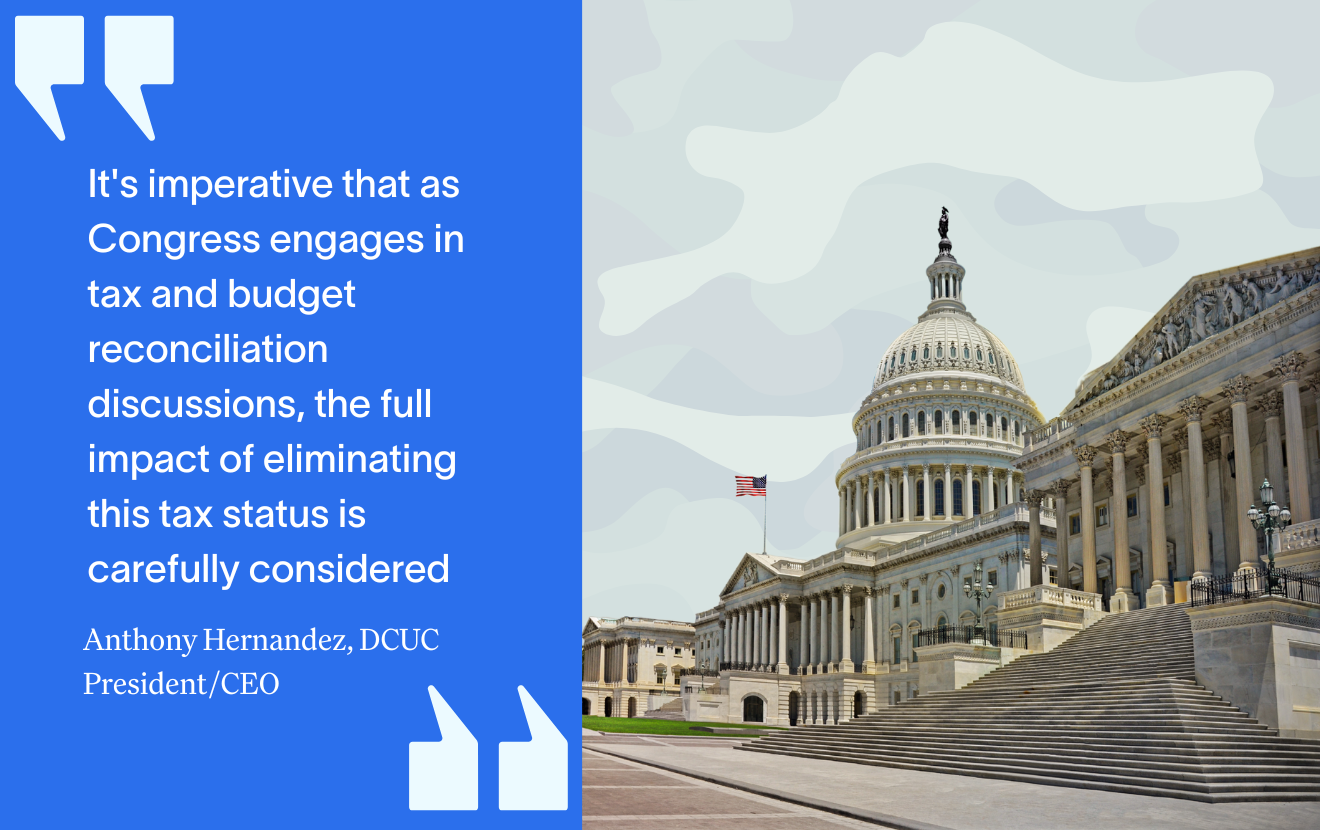By David Frankil, NAFCU Services
Three simple questions:
- Do you want your website to actively drive revenue growth, or to simply be an easy place for Members to read about your solutions, check balances, pay bills and find branches?
- Does your website engage members and generate revenue by using cutting edge web strategies like Amazon.com and Overstock.com do?
- If not, why not?
The first generation of business websites were what we like to euphemistically (and somewhat derisively) call ‘brochureware’ – companies spent a fortune on very talented graphic designers to put up web versions of their static brochures. Even though they sometimes built in animation or videos, the level of interactivity available to a visitor was pretty much the same as the level found when watching TV.
With interaction at best minimal, you still had to call or visit in person to actually buy something. Part of this represented technology limitations in the browser platform, but some of it was a lack of vision and established business models to point the way.
I still remember the first website set up for the Arizona Diamondbacks in the late 1990s when they were awarded their baseball franchise. I recall thinking how utterly cool it was to be able to hear an electronic version of ‘Take me out to the ballgame’ on their webpage. They might have even had scrolling text across the bottom too. Back then, that was enough to satisfy consumers new to the Internet.
Fast forward a few years, to when companies like Amazon found out what consumers really want and how to capitalize on it. Consumers didn’t just want to look at pretty pictures or read static text, they wanted to buy things online. Fueled by about a billion dollars of venture capital that worked out all the details of secure online transactions with numerous vendors, companies finally gained the ability to deploy full-fledged e-commerce capabilities allowing purchases through a browser.
Then, the challenge went beyond just providing the opportunity for e-commerce, to understanding how to improve results by focusing on the interaction between customer and web site to dramatically increase revenue yield. There are essentially three components to maximizing that interaction – traffic (visitors), trust and optimization.
- Traffic is easy to understand – the more people you get to come to your website, the more opportunity they have to make purchases. Companies have invested a ton of money into search engine optimization to ensure high placement on Google and Bing results, as well as investing in extensive keyword purchases for sponsored results. But buying your way into better rankings gets expensive, not to mention the challenge of differentiating your solutions and rising above the sheer noise of the online world. It can be very difficult to get someone’s attention.
- Trust can be even more elusive – visitors have to believe that you are legitimate, that the solutions you’re offering have real value, and that when they execute a transaction, everything will go as planned. The more a visitor sees you as a trusted partner in the e-commerce process, the more they are willing to spend with you. No matter how many third-party validations are offered (BBB or other seals of approval, links to product reviews, feedback from other customers), trust can only be built over time, and is as much a function of brand as technology.
- Optimization has proven to be a moving target, with new technologies emerging practically every week that offer new capabilities. The aforementioned personalization that many e-commerce websites use to tailor offers to individuals has become very sophisticated. As the technology has evolved, it extends not just to what you’re offering, but where and when offers are placed, and how they are determined in the first place. I wouldn’t quite call these sophisticated revenue optimization techniques inexpensive and off-the-shelf (yet), but the business model and results have been proven many times over.
So, how do credit unions stack up in their performance on these three measures?
E-commerce companies like Amazon and Overstock would walk over hot coals to get the significant, repeat traffic that credit unions get every day from their members, as they visit your website to check balances and pay bills. Ditto for the trusted relationship that your members have with you, a part of the credit union brand. You would not believe how much money online retailers spend every year trying to get to where the credit union business model already is.
What’s most interesting is that the thought leaders in this space scratch their heads when they look at credit unions. From their perspective the technology is the easy part, but building traffic and trust are the real challenges. But they see relatively few credit unions (or banks, for that matter) using the body of knowledge about how to drive revenue from traffic in financial services.
Imagine a new future for your website, one in which it occupies a central role in your strategy for generating revenue from a variety of sources. Your members are already coming to your website to make payments for things like auto and homeowners insurance, proving they trust their financial relationship with you. What kind of recurring revenue could you generate by giving them the ability to respond to a tailored offer to purchase solutions online, right through your website?
The credit unions that have taken these learnings to heart have experienced results that are nothing short of stunning. One credit union applied analytics in the same way that Amazon and Overstock to determine optimal timing of an offer, and improved sales results by 706%. Another credit union got a 33% lift in results just by changing where an offer was displayed on the page. There are two ways that you can learn more about these techniques specifically for credit unions –
- Listen to a Podcast – We recently did a podcast on this topic with Jeff Chesky, CEO and Founder of Insuritas, with an overview and more specifics on the two credit union case studies and their dramatic results. Find it here.
- Join us at the NAFCU Strategic Growth Conference, March 12–14, 2013, in New Orleans, LA – NAFCU has assembled a panel of thought leaders who provide cutting edge technologies to leading online retail sites to explore in great detail how to adapt this business model to financial services. The panelincludes:
- Alex Yoder, CEO, Webtrends ;
- Jeremy Walker, Vice President of Digital Marketing, Primacy; and
- W. Brian Harrigan, Chairman and CEO, Insur I.Q.
If you are at all involved with marketing and growth I’d encourage you to join us in New Orleans. Your investment will be repaid with nuggets about numerous best practices for online revenue generation, including:
- How is Amazon able to present visitors with a personalized view of products that are relevant and of interest to you?
- How is Overstock able to provide suggestions on related products you might also be interested in, based on previous purchases and what you have looked at, throughout the process right up to and after checkout?
- What are the reams of data and analysis that go into such seemingly mundane (but important) details as placement and timing of offers?
- How do sophisticated online retail sites like these differ fundamentally from the ‘web 1.0’ first-generation brochureware websites, in terms of transactional capabilities and revenue opportunity?
- And the most important question – how can applying these concepts to your credit union website dramatically enhance member engagement and revenue yield?
Through January 31, you can save $100 off registration by using promo code NEWYEAR. Cannot be applied to previous registrations or combined with other offers.







